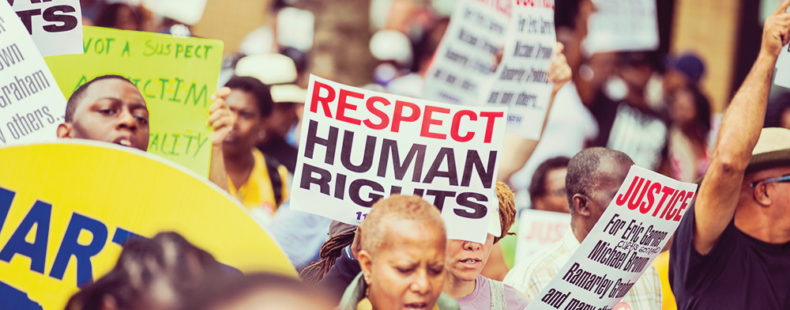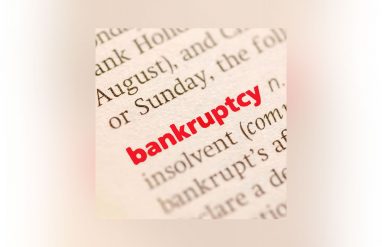glass cliff
The glass cliff is a metaphor for putting women and other minorities into leadership positions during times of crisis. It suggests they are getting set up to fail, as if getting pushed over a cliff.
The term glass cliff was coined by Michelle Ryan and Alex Haslam, psychology researchers at the University of Exeter. In a May 2004 article Ryan and Haslam argue that the “glass cliff is a dangerous place to be,” because it makes women targets for criticism, resulting in shorter overall tenures in leadership positions.
In the early 2010s, continuing research into the glass cliff found it wasn’t limited to women. Ethnic minorities are also disproportionately put into leadership positions where they are “set up to fail.”
Some examples of women in leadership who faced the glass cliff are Ellen Pao, the former Reddit CEO, and Carly Fiorina, former Hewlett-Packer CEO, both brought on in times of crisis, then blamed and let go when things didn’t turn around as expected.























